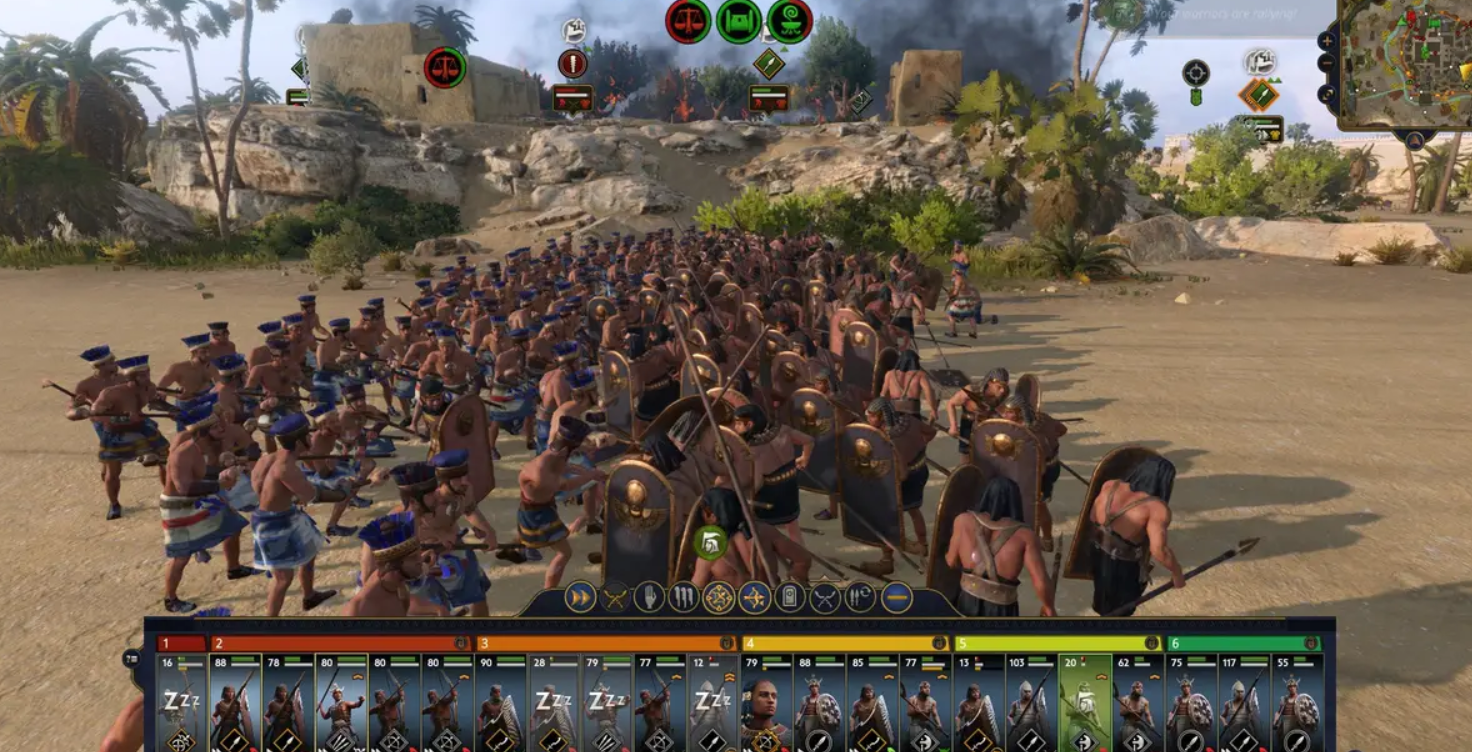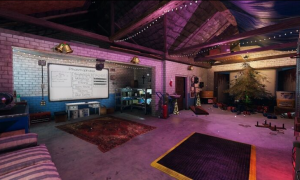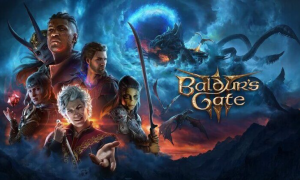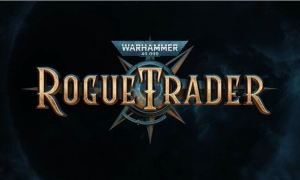Total War: Pharaoh’s Rocky Start and Promising Future with Dynasties Update

Total War: Pharaoh experienced a challenging launch, mostly due to the broader issues surrounding Creative Assembly rather than the game itself. Community discontent over Total War: Warhammer 3 DLC quality and pricing, the high-profile cancellation of Hyenas, and lingering disappointment over the abandonment of Total War: Three Kingdoms all cast a shadow over Pharaoh’s release.
Despite these hurdles, Pharaoh itself was quite impressive. With the addition of the Dynasties update, it has transformed into a comprehensive Total War: The Bronze Age game, fulfilling the dreams of many fans since the release of A Total War Saga: Troy.
Expanding the Map and Factions
The Dynasties update significantly expands Pharaoh’s already vast map by adding the entire Aegean region from Troy and extending eastward to include Mesopotamia along the Tigris and Euphrates rivers. This update nearly doubles the area and faction count of the base game, making it the largest map for a historical Total War game to date.
The new areas bring a wealth of content, including royal traditions for Mesopotamia and the Aegean, iconic characters like Agamemnon and Priam, and full rosters of new units for Assyria and Babylon. These regions also feature native unit rosters representing local tribal populations, adding more depth and variety to the gameplay.
Comprehensive Content Integration
It appears that Creative Assembly Sophia has integrated what was likely planned as multiple paid DLCs into the base game. This includes the earlier High Tide update, which introduced the Sea Peoples as a playable faction. The result is a massive, cohesive experience that rivals the scale and ambition of Rome 2 and Attila.
New Mechanics and Challenges
The update introduces dynamic aging and royal family trees, though only for male characters. While there are some rough edges, such as inconsistent AI handling of new mechanics and hints of cut content, the overall scope and depth of the update are impressive.
The addition of more campaign mechanics, including a succession and royal marriage system, initially seemed overwhelming. However, these mechanics add depth and variety to the gameplay, keeping things fresh as new generations of leaders emerge.
Diverse Campaigns and Replayability
With 14 major leaders across six culture groups, each with unique mechanics and flavor, the variety between campaigns is enormous. This makes planning multiple future campaigns an exciting prospect. However, it’s somewhat disappointing that the 25 new minor factions added in the update don’t receive the same level of detail and unique mechanics as the major factions.
Unexpected Surprises and Future Potential
The breadth and depth of the Dynasties update far exceed expectations. The addition of the entire map from Troy and the inclusion of Mesopotamia were pleasant surprises. The inclusion of playable minor factions like the Phrygians, Pelagasians, Thracians, and Elamites is also noteworthy.
While there is always room for more content, the comprehensive nature of this update is commendable. It contrasts with the common criticism that games are often released in incomplete states and later sold in pieces as DLC. Sega likely sacrificed potential DLC revenue to deliver this substantial update, showing a commitment to providing a complete and enriching experience for players.
Conclusion
Total War: Pharaoh, with its Dynasties update, has evolved into a robust and expansive game that shines brightly. Despite a rocky start, Creative Assembly Sophia has delivered a standout Total War experience, proving that they can hold the line and produce a game that exceeds player expectations. The Bronze Age may be collapsing in the game’s setting, but this update ensures that Pharaoh stands strong in the Total War series.




















